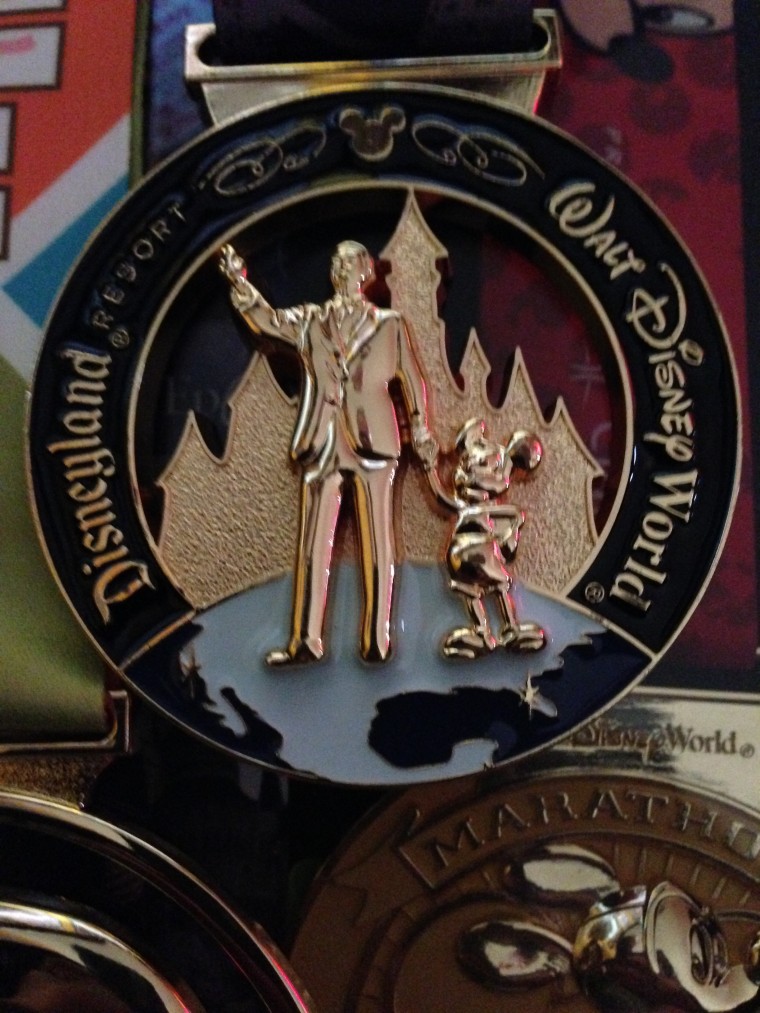 What a couple days, huh?
What a couple days, huh?
A crazy election race followed by much anger, rioting, crass commentary, racist remarks…at least that’s what the press would have you believe.
Have those things occurred? Sure. But if you think that is the bulk of the reaction you’re allowing yourself to be fooled.
It’s funny how both sides in this election believe there is a conspiracy that involves collusion at the highest levels of industry, government, and the media, against their side. And sad how quickly each side want to call those on the other side idiots.
The question we need to ask is, “Why is the press, which seems to be the mouthpiece for the conspiracy at worst and at best solely interested in their own gain, so bent on dividing us?”
Yesterday I posted this on facebook:
Let’s be honest. We’re a nation divided.
We were a nation divided yesterday and we are a nation divided today.
NO political win was going to unite us.
NO political party was going to unite us.
NO legislation will unite us.
WE have to unite us.
Which bridge will you build today?
Within less than an hour I had positive interactions with friends from all across the spectrum:
- Christian
- Non-christian
- Muslim
- Atheist
- White
- Black
- Hispanic
- Asian
- LGBT
- Straight
- Married
- Single
- Republican
- Democrat
- Voted for Hillary
- Voted for Trump
THAT is America.
We’re not determined by who sits in the oval office.
One friend put his fears into gentler words:
Curt, we may have been a nation divided yesterday but for the first time I felt I was having honest conversations about race relations with many of the people I knew who are white.
Albeit painful for some that was a bridge being built but I fear many who bought into the idea of “make America great again” believe the theme means quieting such discussions because it does not fit that narrative.
And my response to him was the same as my response to all who are angry about the outcome of the election or fearful for their future.
It isn’t about them, it is about us.
The conversations that have started must continue and WE are the ones who get to continue them.
To those who are angry, we feel your frustration.
To those who are excited about the new President, understand you would have been just as angry had the vote gone the other way.
To both sides, the other side aren’t idiots. But if you allow the common rhetoric to convince you they are then there is no hope for us as a country. We will split. We will come, eventually, to some sort of civil unrest on a national scale, and we will fail.
We don’t solve that be whom we elect. A government OF the people, BY the people, and FOR the people has one important cornerstone that is being overlooked: The People.
If WE the PEOPLE come together instead of allowing ourselves to be divided we CAN make America great again. We are the ones who have to fight for us because we ARE stronger together. Legislation won’t get us there, parties won’t get us there, one president won’t get us there.
We will, one bridge at a time.
What bridges will you build today?









